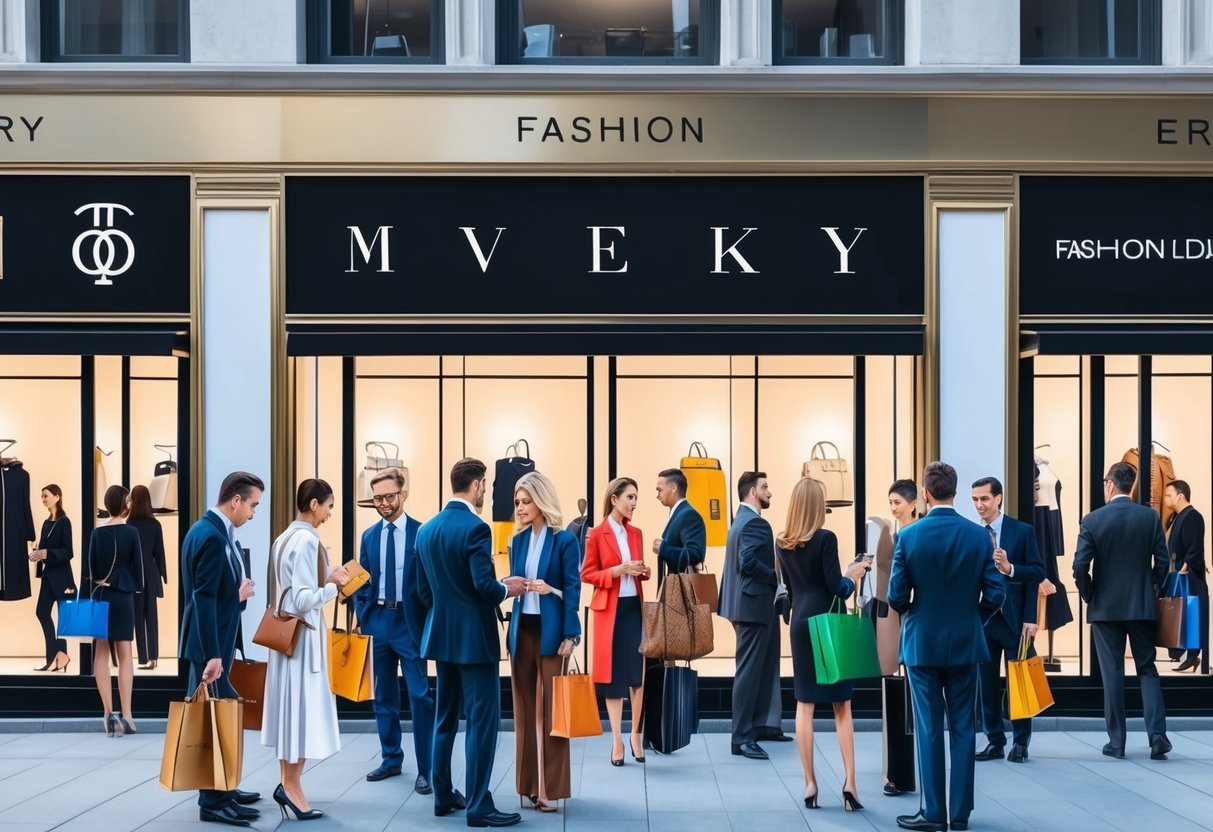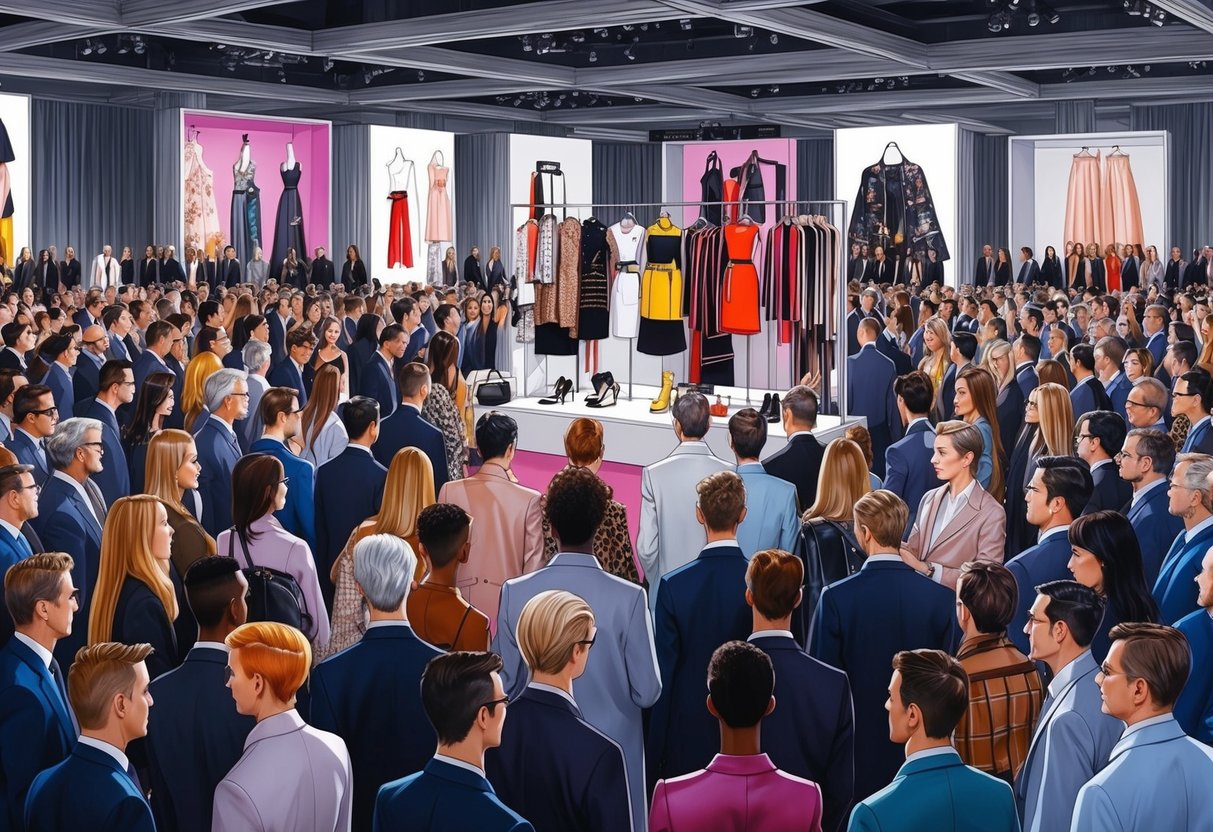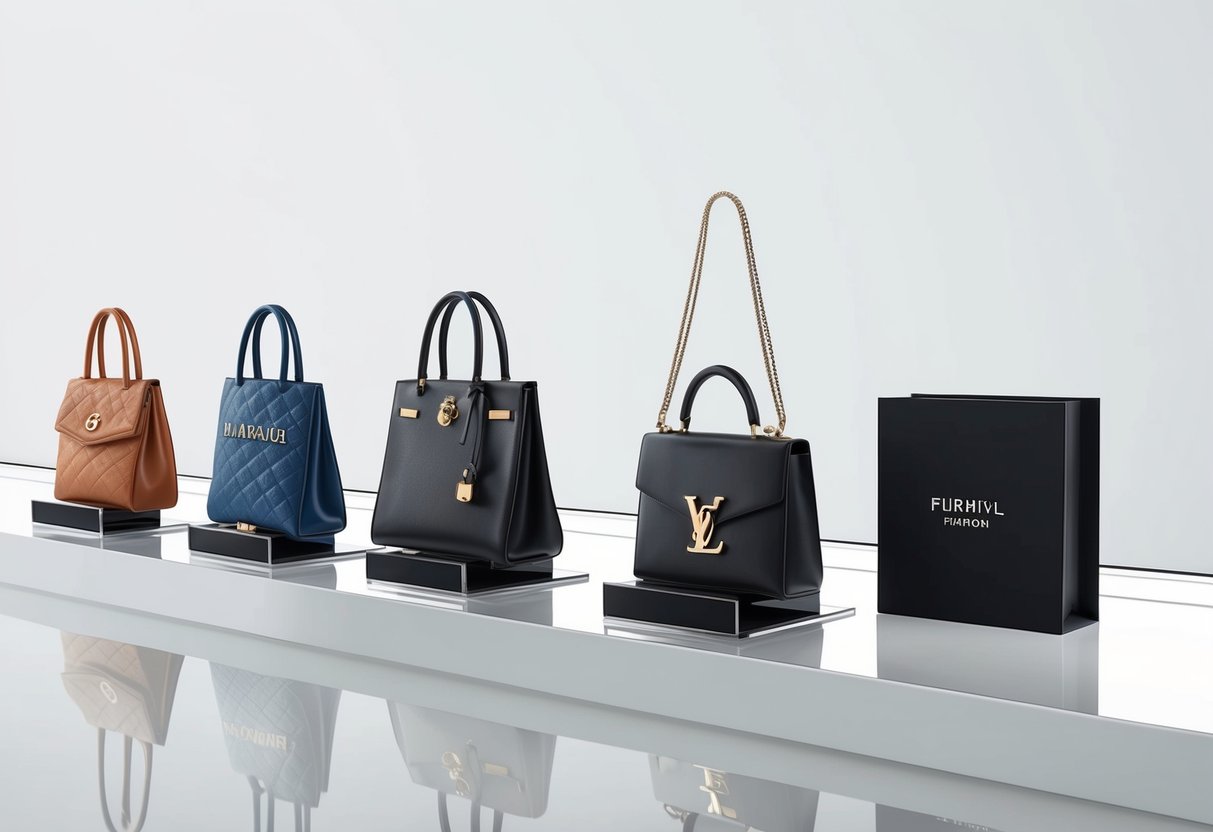
Designer Collaborations and Limited Editions

Designer collaborations and limited edition releases often drive significant demand on the resale market. Items produced in small quantities with high-profile partnerships frequently retain or increase their value, especially among collectors and enthusiasts.
nike
Nike’s strategic collaborations with artists, celebrities, and other brands have an outsized effect on sneaker culture and resale values. Limited edition sneaker releases like the Nike Air Jordan collaborations with Travis Scott or Off-White by Virgil Abloh routinely sell out within minutes.
These shoes often appear later on resale platforms at prices multiple times above retail. Scarcity, hype, and unique design elements combine to make these releases particularly attractive to investors.
Nike’s approach to creating buzz with special packaging, numbered editions, or custom materials means that collectors view certain Nike shoes almost as art pieces. Top resale sites consistently list Nike collaboration sneakers among the highest-selling footwear in any market segment.
Collectors track upcoming releases using online calendars and forums. Data shows that models tied to significant cultural moments or exclusive events, such as the Nike x Tom Sachs Mars Yard, frequently command the highest premiums.
Special Edition Handbags and Shoes
Special edition handbags and shoes from luxury houses, especially those produced in limited quantities or as part of a designer collaboration, carry strong resale value. Brands like Hermès, Chanel, and Louis Vuitton often release special colorways or artist partnerships that are only available for a brief window.
Limited edition handbags, including the Hermès Birkin or Chanel’s special seasonal collections, sometimes appreciate over time due to their rarity. Buyers seek out attributes such as numbered releases, unique hardware, or embroidery that set them apart from standard models.
Shoes, including high-profile collaborations with designers or artists, similarly benefit from exclusivity and craftsmanship. Pieces that blend fashion with art, such as limited edition designer collaborations, are also highly coveted.
A close watch on auction results and primary market sell-through rates can help investors identify which items are most likely to hold or grow in value.
Role of Authenticity and Condition in Brand Value

Brand authenticity and the preserved condition of designer pieces play a critical part in determining their resale and investment value. Counterfeits or poorly maintained items undermine both buyer confidence and long-term returns in the luxury market.
Authentication Services
Authentication is essential for evaluating whether a fashion item is genuine or counterfeit. Luxury brands invest heavily in unique tags, serial numbers, and signature features to safeguard authenticity.
Buyers and investors often turn to professional authentication providers or technology-based solutions like blockchain to verify these indicators. Trusted authentication services issue certificates or digital records proving a product’s legitimacy.
This documentation not only supports a higher resale price but also increases buyer trust. With premium items, especially from iconic designer brands such as Chanel, Hermès, or Louis Vuitton, authentication is key to protecting an investment since authenticity is a critical factor in the luxury fashion market.
Assessing Condition and Documentation
Condition grades—such as new, like new, excellent, or good—have a measurable impact on fashion investment value. Even with perfect authentication, visible wear or missing accessories can reduce interest among buyers and lower the resale price.
Items with original packaging, dust bags, receipts, and authenticity cards are more desirable and command premiums. Detailed condition reports provide crucial insights for assessing risks and returns.
Collectors and investors prefer pieces with verifiable maintenance history and minimal restoration. A clean history, paired with supporting documentation, can help an item retain or even increase its long-term value in the competitive designer resale market.
Luxury Jewelry Brands and Their Investment Appeal
Luxury jewelry brands are often recognized for their signature designs, brand hallmarks, and historical significance. These factors make certain pieces especially attractive for resale and long-term investment, offering higher retention of value and greater demand among collectors.
Cartier
Cartier stands as one of the most reputable names in luxury jewelry investment. Its iconic creations—such as the Love bracelet, Panthère collection, and Juste un Clou—are examples of pieces that have consistently retained or increased value on the secondary market.
Collectors look for recognizable features such as precise engravings, unique serial numbers, and high-caliber materials. Vintage Cartier items, especially limited editions, often generate strong returns.
The Cartier Love Bracelet is frequently cited as one of the most valuable jewelry pieces for resale. Buyers particularly seek out certificates of authenticity and original packaging in the resale process.
Van Cleef
Van Cleef & Arpels is renowned for its timeless Alhambra motif and sophisticated Mystery Set technique. These characteristics have positioned Van Cleef jewelry as a favorite for investment, with specific interest in rare stones, vintage pieces, and limited collections.
Demand remains high for the Alhambra collection and other signature pieces, which reliably attract both seasoned investors and first-time buyers. According to industry data, Van Cleef & Arpels Alhambra pieces hold their value and are regularly listed among the most investable jewelry items.
Condition, era, and presence of brand hallmarks significantly impact resale appeal.
Dior
Dior jewelry merges haute couture influences with elegant craftsmanship. Investment-grade Dior pieces are typically part of exclusive capsule collections or collaborations, making them sought after for both fashion and collector value.
Jewelry like the Dior “Oui” ring, Rose des Vents line, and vintage creations from the John Galliano era can show impressive price stability. Authenticity, limited edition status, and celebrity associations are crucial for driving up resale prices.
Dior jewelry with original boxes, certificates, and minimal signs of wear appeals most to dedicated collectors. These elements contribute to both investment confidence and secondary-market value.
Fendi
Fendi jewelry, while more commonly associated with the fashion house’s leather goods, has developed a following among investors due to its unique design language and branding. Fendi’s recent collections—such as those featuring the FF monogram or bold geometric shapes—have found traction with modern collectors seeking something distinctive.
The investment value is strengthened by pieces issued in limited quantities or as part of special collaborations. Buyers focus on craftsmanship and the clear presence of the Fendi logo or signature hardware, as these authenticate genuine items.
Collectors track trends specifically relating to current fashion cycles, which can quickly affect the resale value of contemporary Fendi jewelry.



